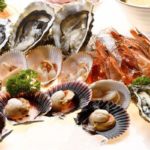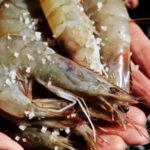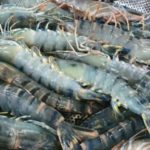When simmering or boiling meats and seafood, there will be times when you see foam appearing in the pot. Grinding, squeezing vegetables or cooking soy milk will also create foam. So which foam should be scooped off and which foam should be kept? Let’s find out in this article.
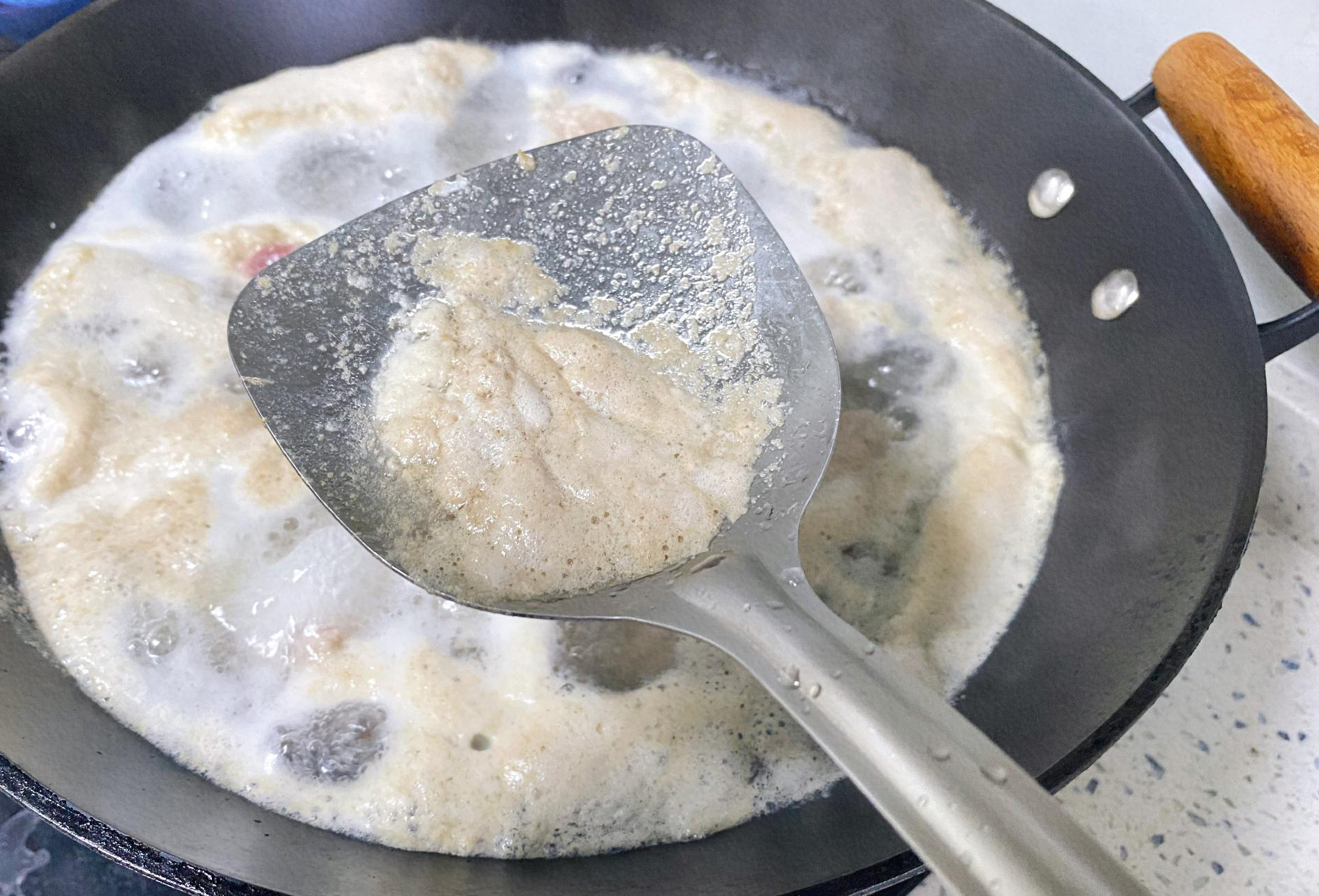
Foam that appears during the cooking process is a common occurrence and can be impurities or beneficial nutrients for health.
2 foams to discard
1. Foam when simmering bones, boiling meat
The foam in bone broth or meat broth is formed from excessive blood, residues, and proteins in the meat, occurring during the cooking process. This foam layer does not contain many beneficial nutrients and may have a fishy odor, which can make the dish unpleasant-smelling and cloud the broth. Therefore, you should discard this foam layer.
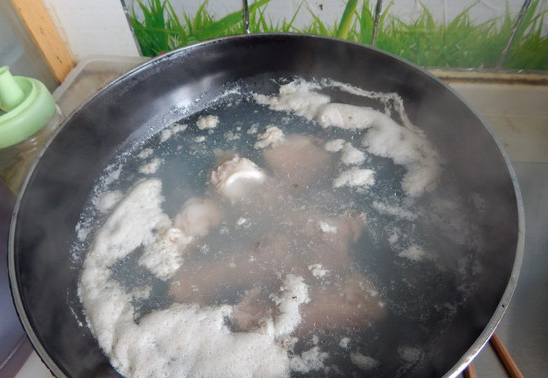
It is recommended to scoop off the foam in bone broth/meat broth.
Tips to reduce foam in simmering bones: Rinse the bones with water and mix them with flour until the flour is completely dissolved. Then, rinse the bones with water and mix them with flour again, rinse them with 2-3 more times so that the bones are clean and fragrant.
2. Foam when boiling shrimp
Shrimp contains a compound called Astaxanthin. This substance has a strong stability and will separate from the protein in shrimp at high temperatures, initially appearing red, so the shrimp will turn red when cooked at high temperatures.
The foam layer that appears when boiling shrimp is mainly organ blood and some impurities in the shrimp shells and heads. Therefore, you should also remove the foam layer that appears when boiling shrimp.
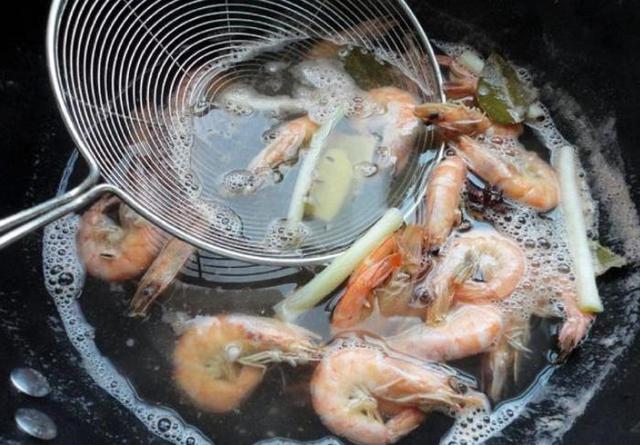
The foam that appears when boiling shrimp does not contain many nutrients.
Quick tip: Instead of boiling shrimp, steaming shrimp will make them more flavorful. The impurities during steaming are also less likely to be absorbed back into the shrimp as they flow down.
3 foams to keep
1. Soy milk foam
Saponin is the main component of foam when cooking soy milk. Studies have shown that saponin has many biological effects such as regulating lipid metabolism, reducing cholesterol, antibacterial, anti-tumor, anticoagulant, immune modulation, and antioxidant.
For these reasons, do not discard the foam when cooking soy milk!
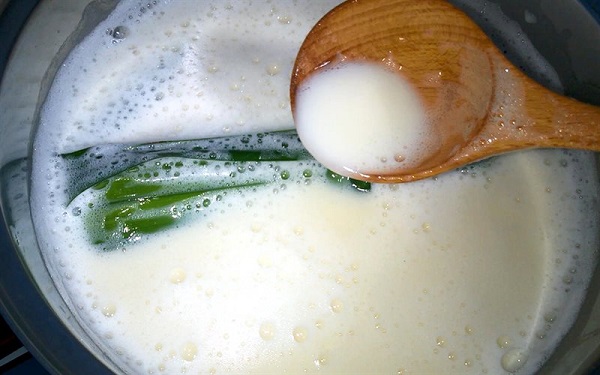
Foam when cooking soy milk has many health benefits.
Quick tip: To reduce frothing when cooking soy milk, lower the heat when the soy milk starts to boil or you can add 1 teaspoon of olive oil to the milk to reduce foam.
2. Tea foam
The main component of tea is saponin. Tea saponin is a type of saponin that can foam strongly. According to current scientific research, saponin in tea can have antibacterial effects and can inhibit the absorption of fats. However, the amount of saponin in tea foam is limited.
Therefore, if you boil tea and the tea water has foam, don’t worry about the quality of the tea. Of course, you don’t need to discard this foam either.
3. Coffee foam, fruit/vegetable juice foam
There are many components in coffee that can create foam, such as coffee crema and the fine coffee grounds themselves can also create foam. For certain types of coffee, foam is created by adding milk, such as cappuccino, latte…
The foam created when juicing fruits and vegetables is similar to foam in coffee, containing various nutrients in fruit and vegetable juice and is not harmful to health.
Source: PNVN
How to Choose Fresh Seafood: Important Cabinet Tips
In recent years, concerns have been raised over the practice of injecting urea and chemicals into seafood, making it difficult to find safe and fresh options. To help, DienmayXANH.com offers some tips on how to select the best seafood available. Seafood is a rich, delicious, and nutritious source of food, and this advice will help ensure you make the most of it.

























